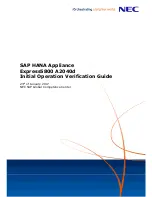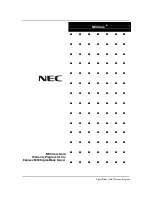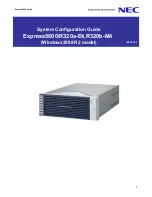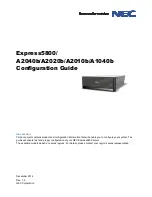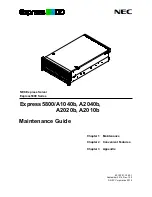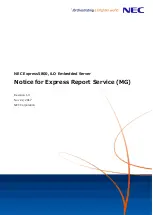
CAUTION:
To change the storage volume, shadow copies must be deleted. The existing
fi
le change history that
is kept on the original storage volume is lost. To avoid this problem, verify that the storage volume
that is initially selected is large enough.
Converting basic storage disks to dynamic disks
When using a basic disk as a storage area for shadow copies and converting the disk into a dynamic
disk, it is important to take the following precaution to avoid data loss:
•
If the disk is a non-boot volume and is a different volume from where the original
fi
les reside,
fi
rst dismount and take of
fl
ine the volume containing the original
fi
les before converting the disk
containing shadow copies to a dynamic disk.
•
The volume containing the original
fi
les must be brought back online within 20 minutes; otherwise,
the data stored in the existing shadow copies is lost.
•
If the shadow copies are located on a boot volume, the disk can be converted to dynamic
without losing shadow copies.
NOTE:
Use the
mountvol
command with the
/p
option to dismount the volume and take it of
fl
ine. Mount the
volume and bring it online using the
mountvol
command or the Disk Management snap-in.
Identifying the storage area
To store the shadow copies of another volume on the same
fi
le server, a volume can be dedicated on
separate disks. For example, if user
fi
les are stored on
H:\
, another volume such as
S:\
can be used to
store the shadow copies. Using a separate volume on separate disks provides better performance and is
recommended for heavily used storage servers.
If a separate volume will be used for the storage area (where shadow copies are stored), the maximum
size should be changed to
No Limit
to re
fl
ect the space available on the storage area volume instead of
the source volume (where the user
fi
les are stored).
Disk space for shadow copies can be allocated on either the same volume as the source
fi
les or a
different volume. There is a trade-off between ease of use and maintenance versus performance and
reliability that the system administrator must consider.
By keeping the shadow copy on the same volume, there is a potential gain in ease of setup and
maintenance; however, there may be a reduction in performance and reliability.
CAUTION:
If shadow copies are stored on the same volume as the user
fi
les, note that a burst of disk input/output
(I/O) can cause all shadow copies to be deleted. If the sudden deletion of shadow copies is
unacceptable to administrators or end users, it is best to use a separate volume on separate disks to
store shadow copies.
Determining creation frequency
The more frequently shadow copies are created, the more likely that end users will get the version that
they want. However, with a maximum of 64 shadow copies per volume, there is a trade-off between the
frequency of making shadow copies and the amount of time that the earlier
fi
les will be available.
By default, the storage server creates shadow copies at 0700 and 1200, Monday through Friday.
However, these settings are easily modi
fi
ed by the administrator so that the shadow copy schedule can
better accommodate end user needs.
64
File server management
Содержание ProLiant DL100 G2 DPSS
Страница 12: ...12 ...
Страница 18: ...18 About this guide ...
Страница 26: ...26 The HP storage server solution ...
Страница 46: ...46 Storage management overview ...
Страница 134: ...134 Troubleshooting servicing and maintenance ...
Страница 152: ...152 Regulatory compliance and safety ...
































